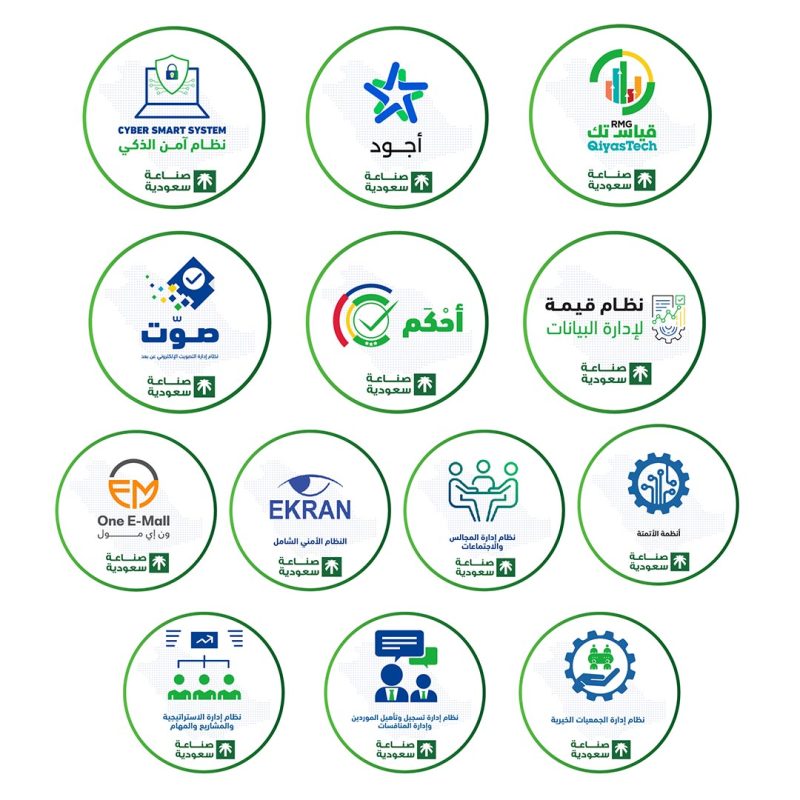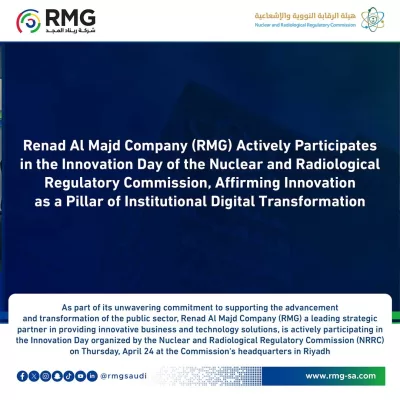Blog Body
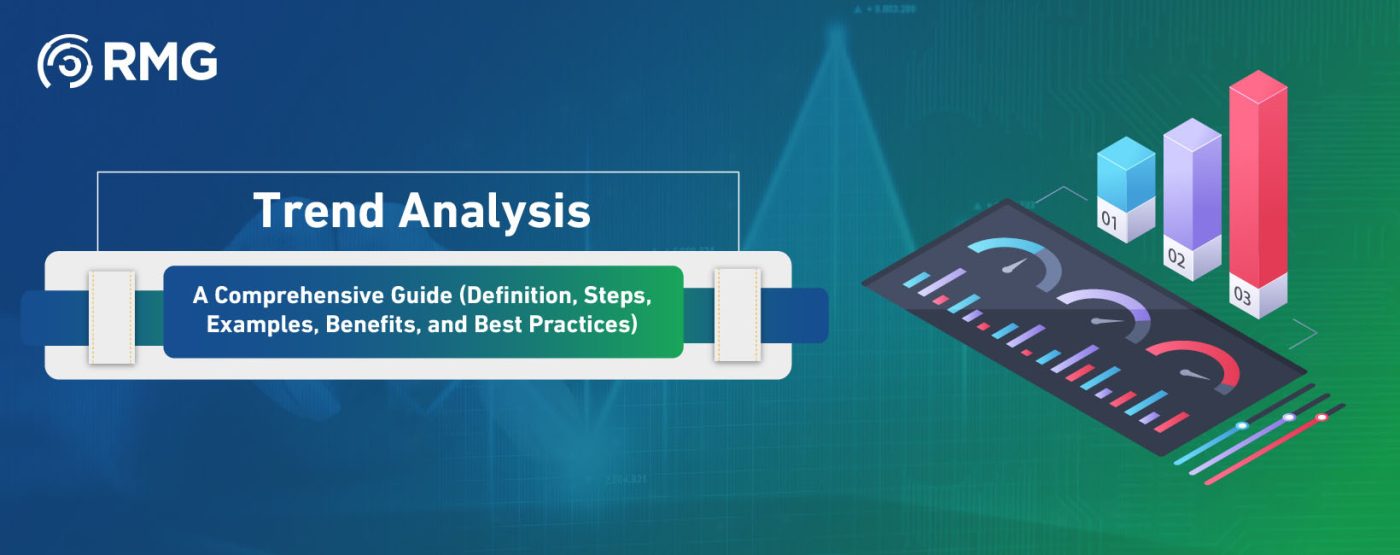
What is Trend Analysis?
Trend analysis is a statistical and analytical tool used to evaluate patterns and changes in data over time. This approach relies on examining historical data to understand the evolution of a particular phenomenon, aiding in forecasting future trends and making informed decisions. Trend analysis is applied across various fields such as finance, economics, marketing, and science, providing valuable insights based on past performance.
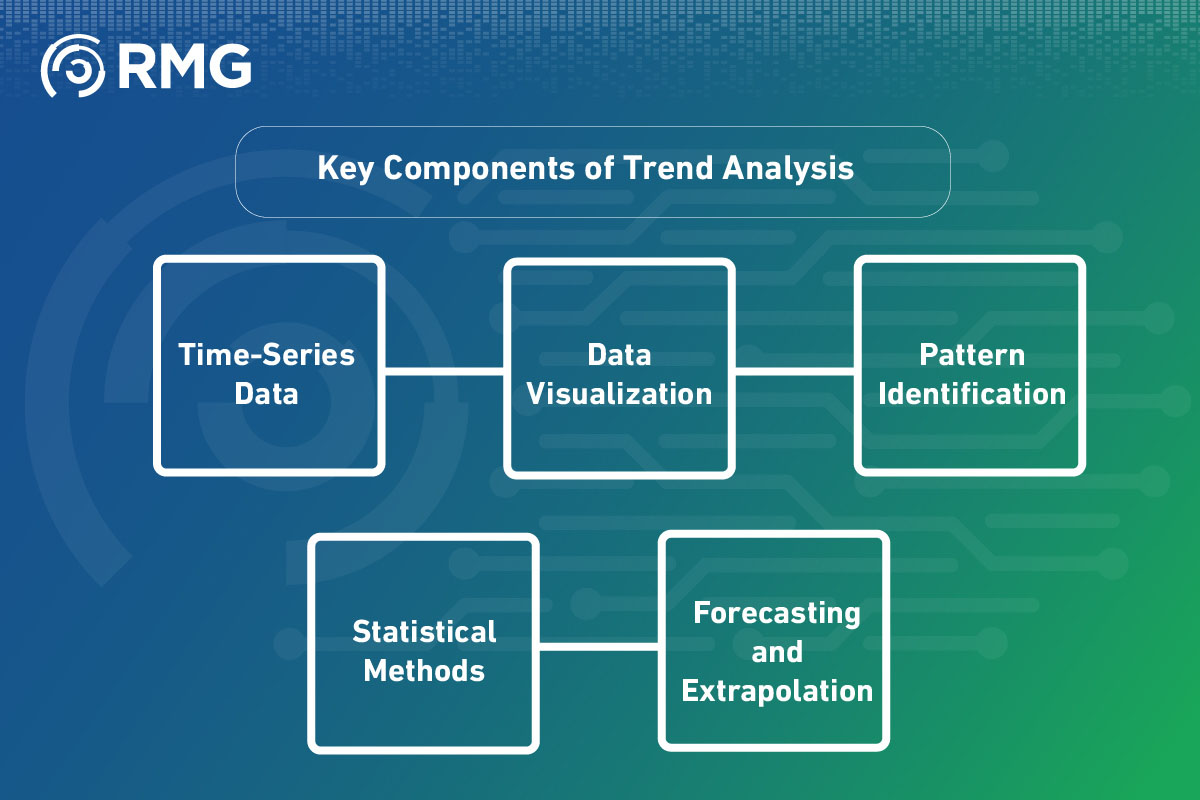
Key Components of Trend Analysis
- Time-Series Data: Analysis relies on data collected at consecutive time intervals (e.g., daily, monthly, or annually) to track changes over time.
- Data Visualization: Graphs and line charts are used to visually represent data, facilitating the easy identification of patterns and trends.
- Pattern Identification: Data is analyzed to uncover specific patterns, such as upward trends (growth), downward trends (decline), or recurring cycles.
- Statistical Methods: Statistical techniques like moving averages and regression analysis are employed to accurately understand trends.
- Forecasting and Extrapolation: Based on identified trends, the future can be extrapolated to predict potential values or outcomes.
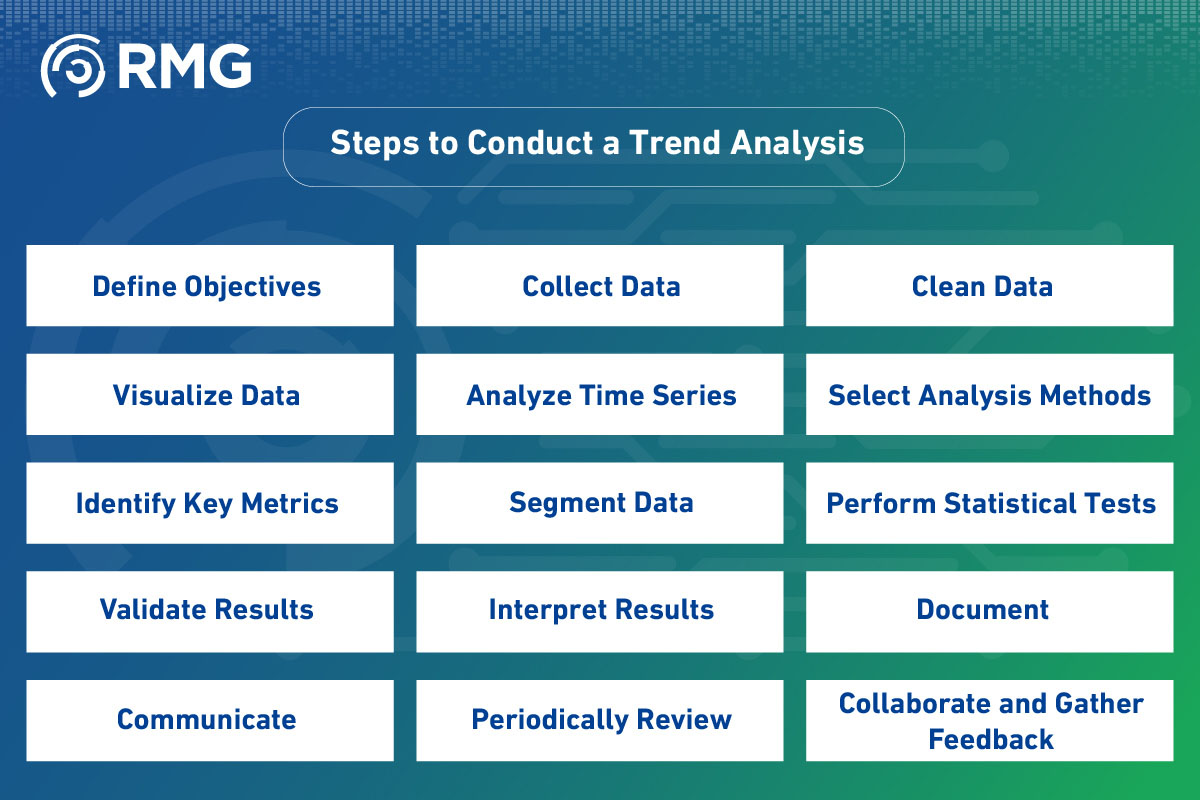
Steps to Conduct a Trend Analysis
- Define Objectives: The objectives of the analysis should be clear and specific to ensure the process focuses on pertinent questions.
- Collect Data: Relevant historical data is collected, ensuring its accuracy and completeness.
- Clean Data: Data is processed to remove any inconsistencies, missing values, or outliers.
- Visualize Data: Graphs and charts are used to visually represent the data.
- Analyze Time Series: Patterns across different time periods are examined using techniques like moving averages.
- Select Analysis Methods: Appropriate statistical or analytical methods are determined based on the nature of the data.
- Identify Key Metrics: The focus is on Key Performance Indicators (KPIs) that reflect the desired trends.
- Segment Data: Data can be divided into subgroups for more detailed trend analysis.
- Perform Statistical Tests: Statistical tests are conducted to assess the significance of the discovered trends.
- Validate Results: Results are compared with other data sources to ensure reliability.
- Interpret Results: Results are interpreted within the context of the objectives and the overall environment.
- Document: The methodology, assumptions, and limitations are documented to ensure transparency.
- Communicate: Results are presented clearly and understandably to the target audience.
- Periodically Review: The analysis is updated regularly to account for new changes.
- Collaborate and Gather Feedback: Feedback is sought from stakeholders to improve the quality of the analysis.
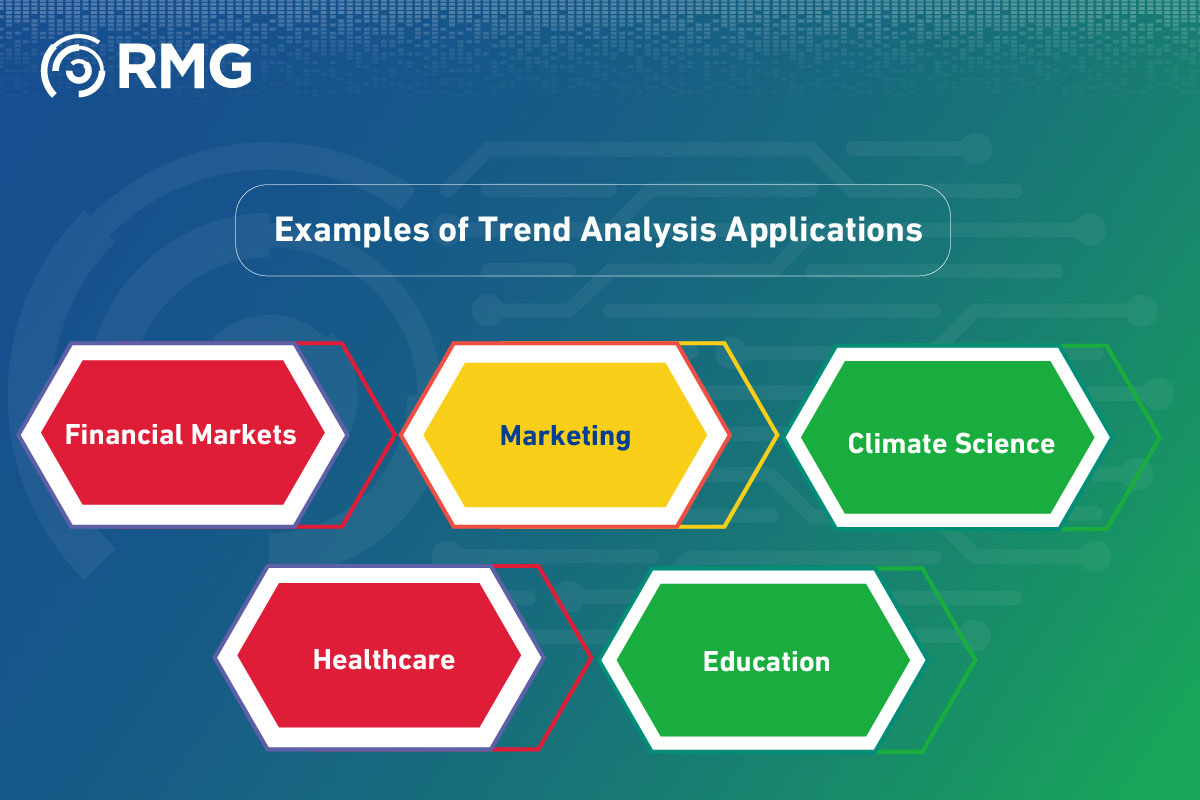
Examples of Trend Analysis Applications
- Financial Markets: Analyzing stock prices to identify market trends.
- Marketing: Tracking sales data to understand changes in consumer preferences.
- Climate Science: Studying temperature data to identify global warming trends.
- Healthcare: Analyzing disease prevalence to predict outbreaks.
- Education: Examining student performance to identify academic achievement trends.
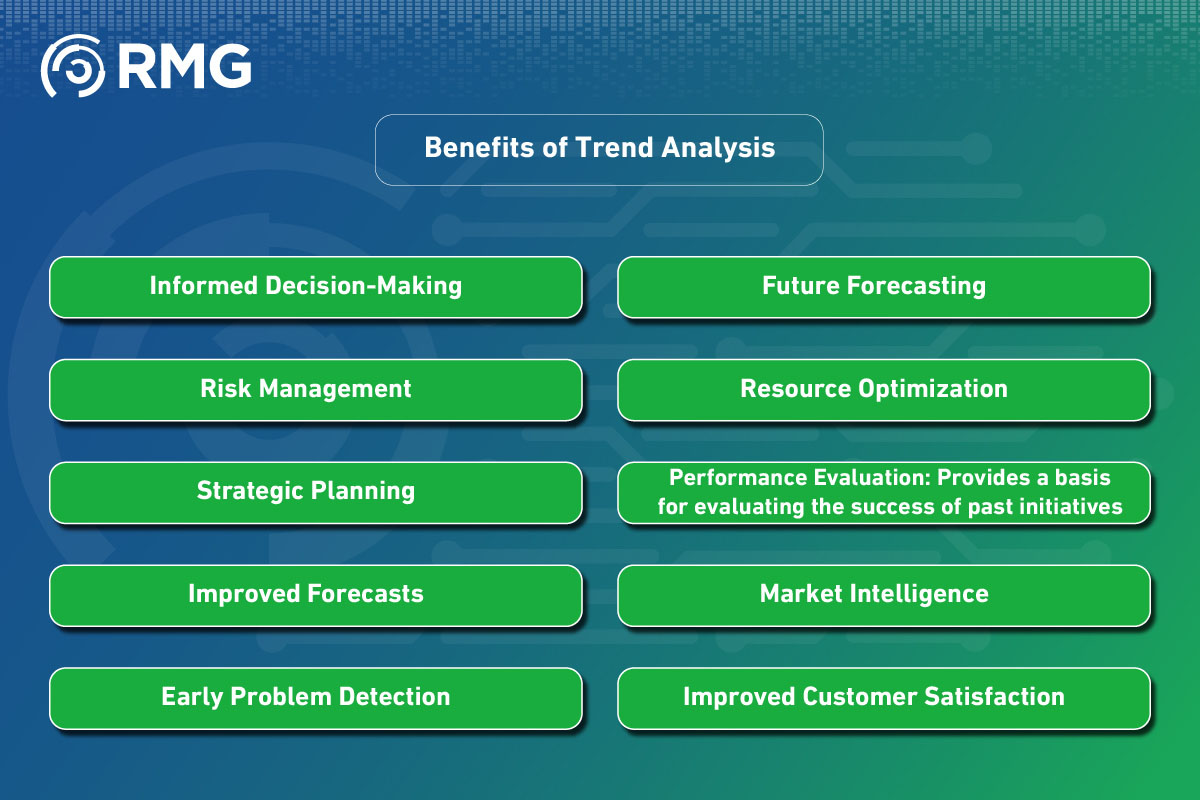
Benefits of Trend Analysis
- Informed Decision-Making: Trend analysis provides historical insights that aid in strategic planning.
- Future Forecasting: Helps anticipate future changes and prepare for them.
- Risk Management: Reveals potential threats and allows for proactive measures.
- Resource Optimization: Assists in managing resources more efficiently.
- Strategic Planning: Supports the development of long-term strategies.
- Performance Evaluation: Provides a basis for evaluating the success of past initiatives.
- Improved Forecasts: Enhances the accuracy of forecasts using historical data.
- Market Intelligence: Reveals market trends and emerging opportunities.
- Early Problem Detection: Helps identify problems before they escalate.
- Improved Customer Satisfaction: Contributes to designing products and services that meet customer expectations.
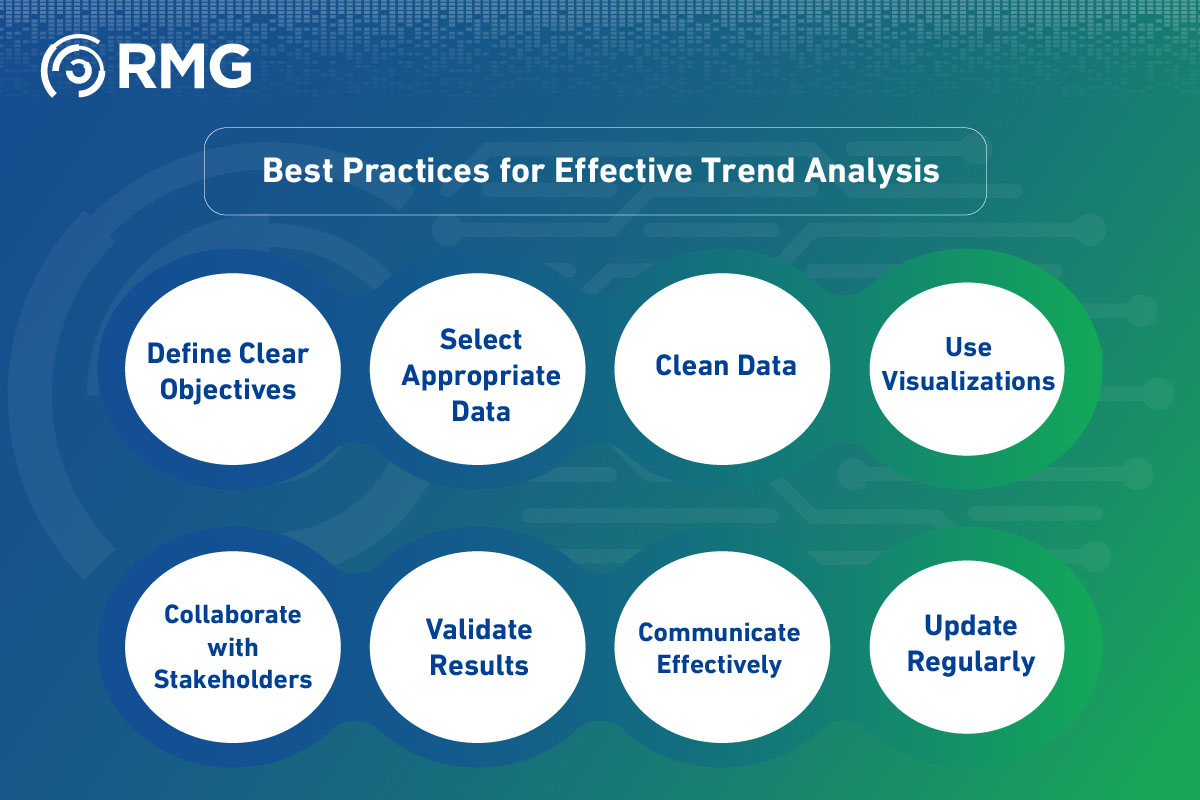
Best Practices for Effective Trend Analysis
- Define Clear Objectives: The objectives of the analysis should be specific and focused.
- Select Appropriate Data: The data should be accurate and representative.
- Clean Data: Process data to remove errors and missing values.
- Use Visualizations: Use graphs and charts to present data clearly.
- Collaborate with Stakeholders: Involve experts and stakeholders in the analysis process.
- Validate Results: Compare results with independent data sources.
- Communicate Effectively: Present results clearly and understandably.
- Update Regularly: Review the analysis regularly to ensure its accuracy.
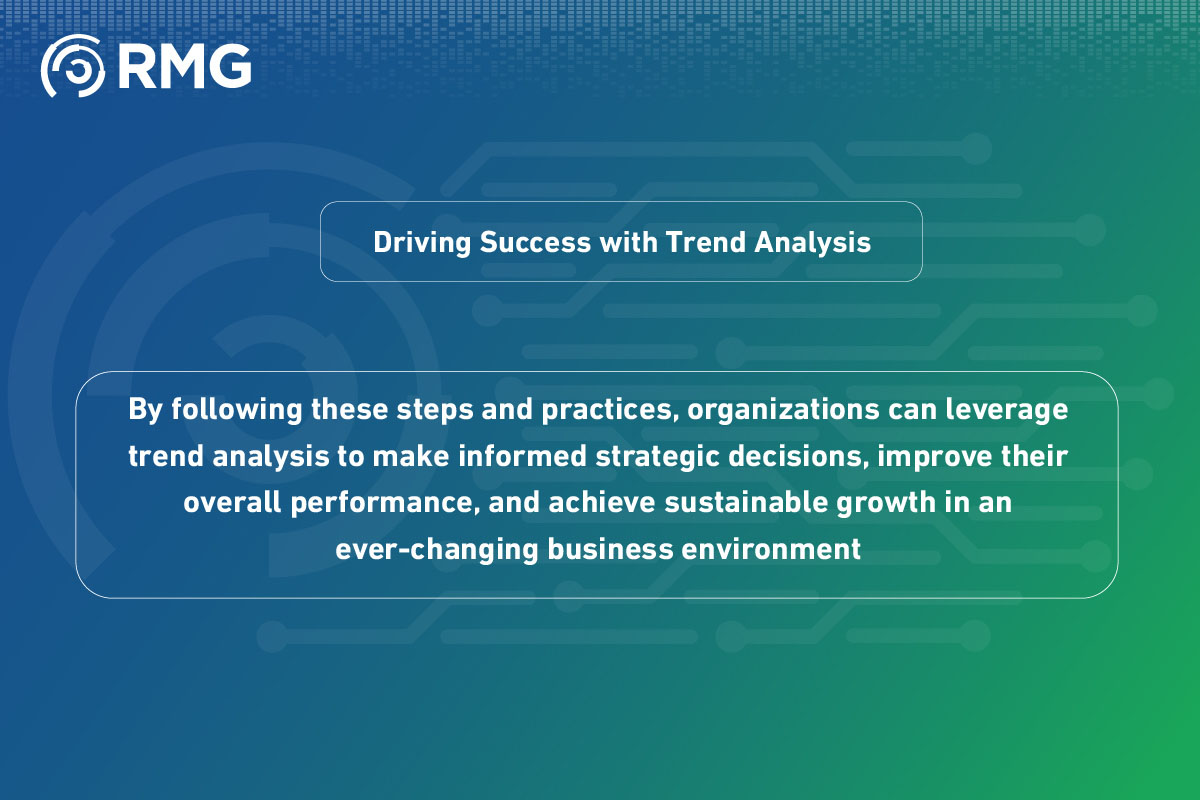
Driving Success with Trend Analysis
By following these steps and practices, organizations can leverage trend analysis to make informed strategic decisions, improve their overall performance, and achieve sustainable growth in an ever-changing business environment.
To ensure the success of your project, you can rely on Renad Al Majd Company (RMG), which provides you with a range of leading services in the field of digital transformation, data management, cybersecurity, information technology solutions, consulting, and specialized training through a distinguished group of experts and consultants.


















